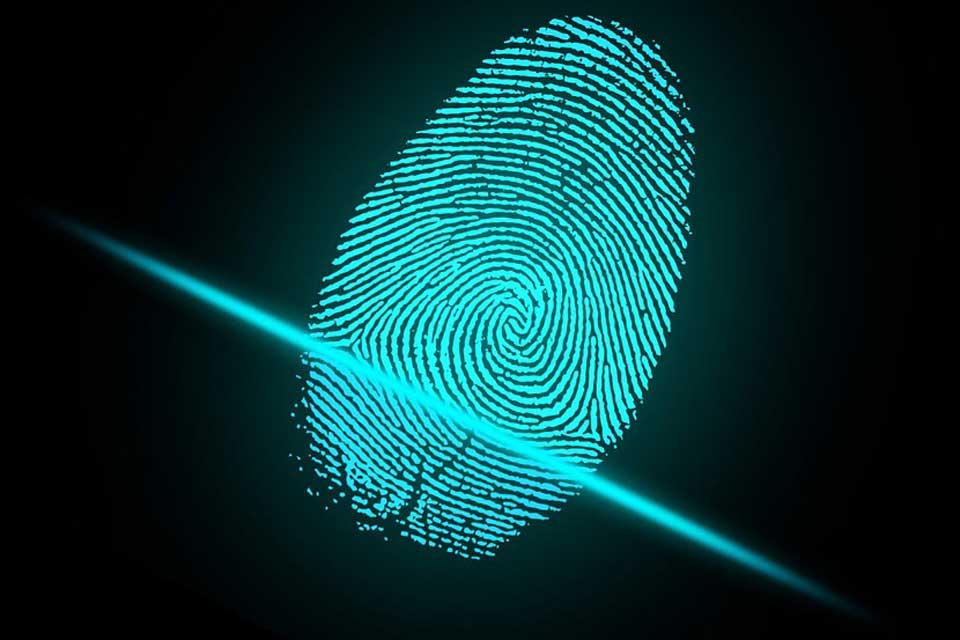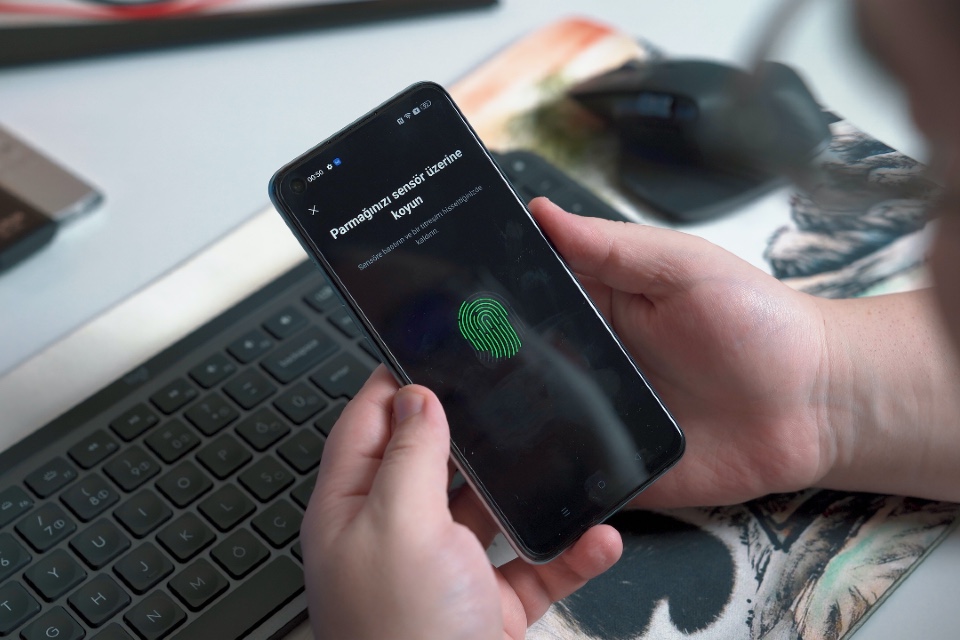If you specialise in Biometrics for Fraud Prevention we want to hear from you!

Each month on Fraud Prevention Briefing we’re shining the spotlight on a different part of the market – and in November we’ll be focussing on Biometrics for Fraud Prevention. It’s all part of our ‘Recommended’ editorial feature, designed to help industry buyers find the best products and services available today. So, if you specialise in Biometrics for Fraud […]
ANTI-FRAUD MONTH: Behavioural biometrics is a powerful tool – but how does it work?

Behavioural biometrics, a subset of biometric technology, analyses individual user behaviours to verify identity. Unlike traditional biometrics like fingerprints or facial recognition, behavioural biometrics focus on how users interact with devices, making them more difficult to spoof. Here’s a handy cheat sheet… How BEHAVIOURAL Biometrics Works Behavioral biometrics tracks various user behaviors, including: By analyzing these patterns, behavioral biometrics can create a […]
BIOMETRICS MONTH: Balancing privacy and the need to combat fraud

Biometric technology, which measures and analyses human physical and behavioural characteristics for authentication purposes, has become a linchpin in the fight against fraud. Here, we’ll explore the multifaceted applications of biometrics in deterring fraudulent activities, its integration into security systems, and the benefits and challenges it presents… Traditionally, security measures relied heavily on knowledge-based authentication […]
Do you specialise in Biometrics for Fraud Detection or IP Intelligence/Proxy Detection Solutions? We want to hear from you!

Each month on Merchant Fraud Briefing we’re shining the spotlight on a different part of the market – and in November we’ll be focussing on Biometrics for Fraud Detection & IP Intelligence/Proxy Detection. It’s all part of our ‘Recommended’ editorial feature, designed to help industry buyers find the best products and services available today. So, if you specialise […]
Banking & financial services driving renewed growth in biometric hardware

Global biometric device shipments fell from 4.1 million in 2019 to 3.4 million in 2021 and recovered slightly to 3.6 million in 2022, with global trends impacting usage in banking, financial services and insurance (BFSI) sectors. According to a new report by technology intelligence firm ABI Research, geopolitical and macroeconomic events, including the conflict in […]

